I spent a year studying artificial intelligence and wrote a thesis on how misconceptions surrounding AI's inner workings are common, how AI is involved in an economy of appearances, and how AI art will affect artists and the art world moving forward. I also delved into why many discussions of AI focus on its potential consciousness and creativity.
All of the images below were generated for my thesis by AI image generators (DALLE and Nightcafe).
Read my full abstract here:
Artificial Intelligence is the newest buzzword in an age of technological excitement. Some are declaring that we’re living in “The Age of AI”. Is all this hype founded in reality? A much less marketable picture shows that AI is much more complicated than portrayed by the mainstream media. Not only is it a vague word encapsulating many types of technologies, but it’s also inextricably tied to the world we live in—a world with racialized and complex political economies that can’t be filtered out of AI algorithms. Much of the discourse around AI centers the human-machine divide and perpetuates an Us vs. the Robot mentality. Instead, discussions around AI should center the heteromation inherent to upholding its economy of appearances. An entire underbelly of underpaid human labor is necessary for AI to appear so intelligent. Discussions that center AI’s own autonomy veil the human labor that goes into AI’s so-called ‘humanness’ and fail to hold human developers accountable. In discussing whether AI can become conscious, human, creative, or intelligent, the ways we conceptualize human-machine relations must be rethought. How can we reimagine human-AI cyborgian relation? Can human vs the machine be replaced with human-with-the-machine or human-as-the- machine? And how does AI art fit into it all? Are artists rightfully concerned about AI’s entrance into the art world?
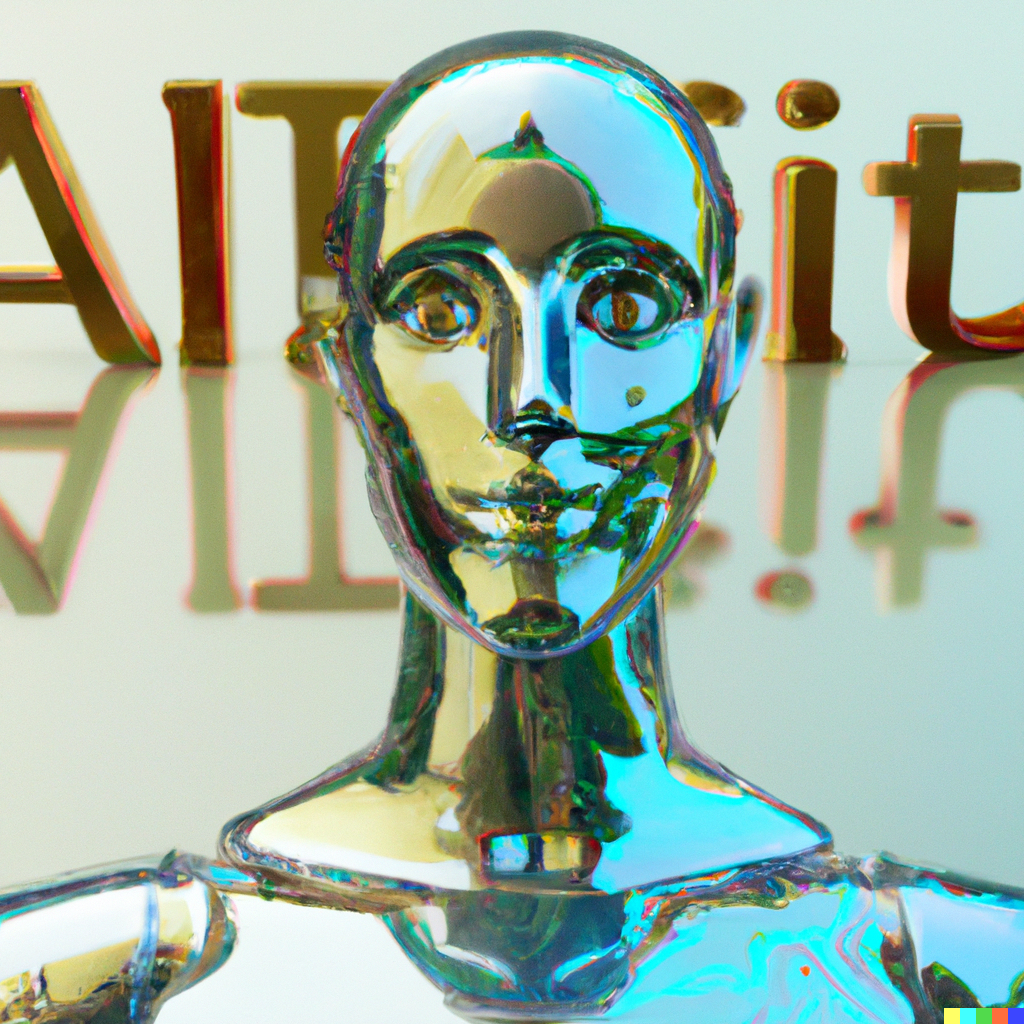
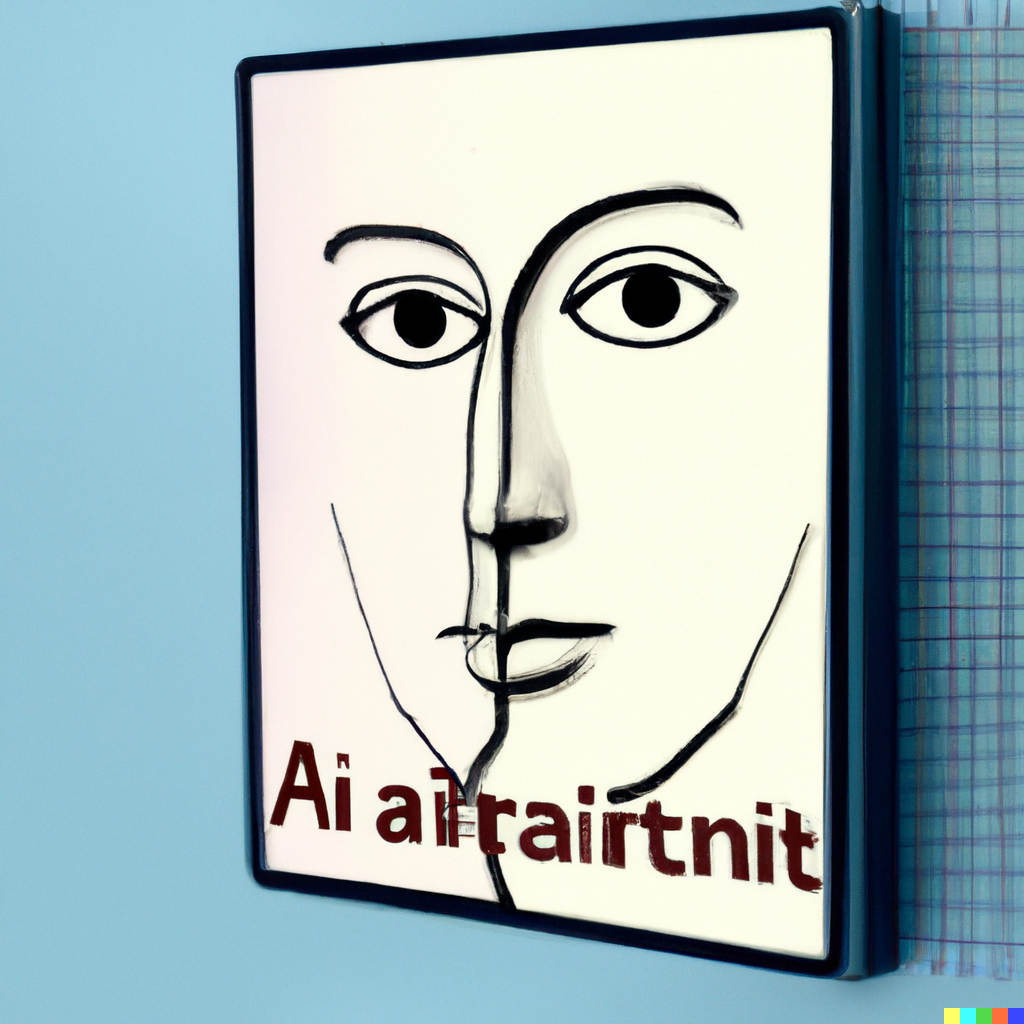
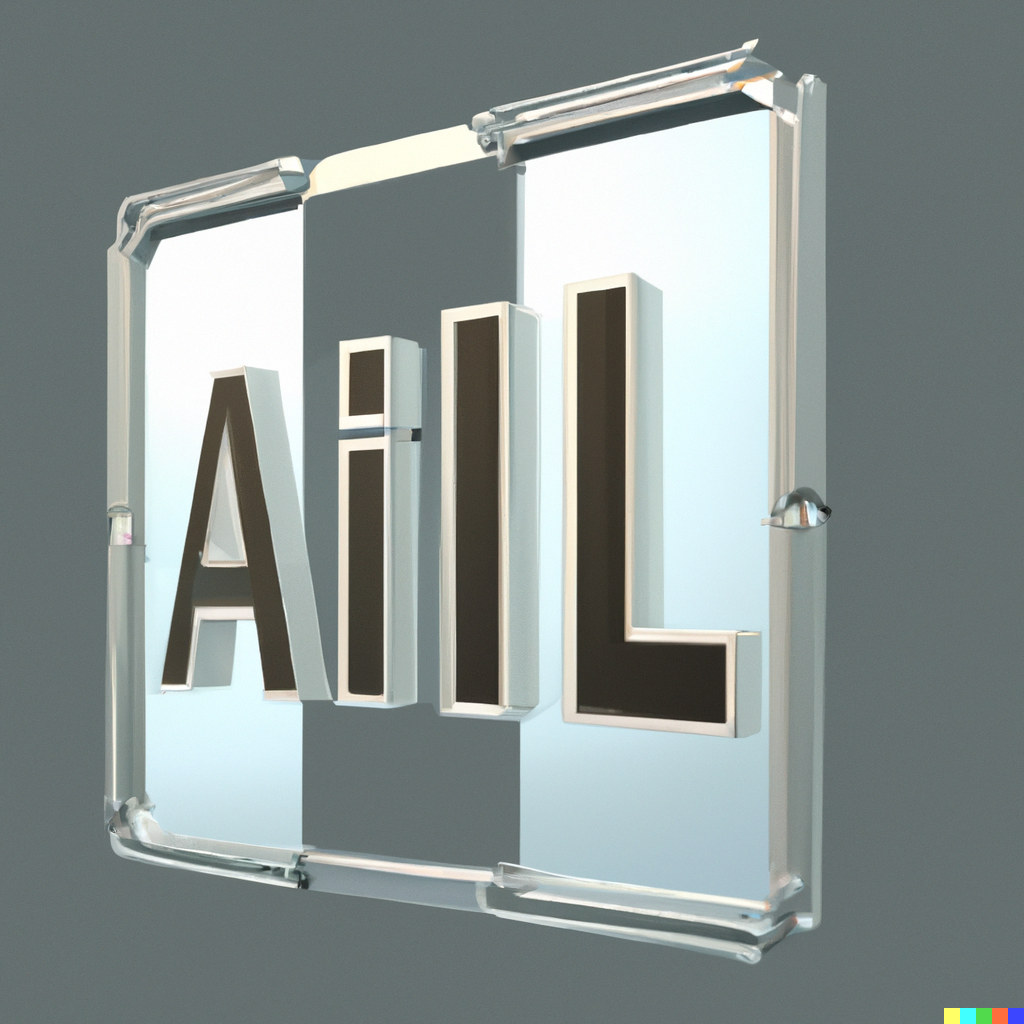
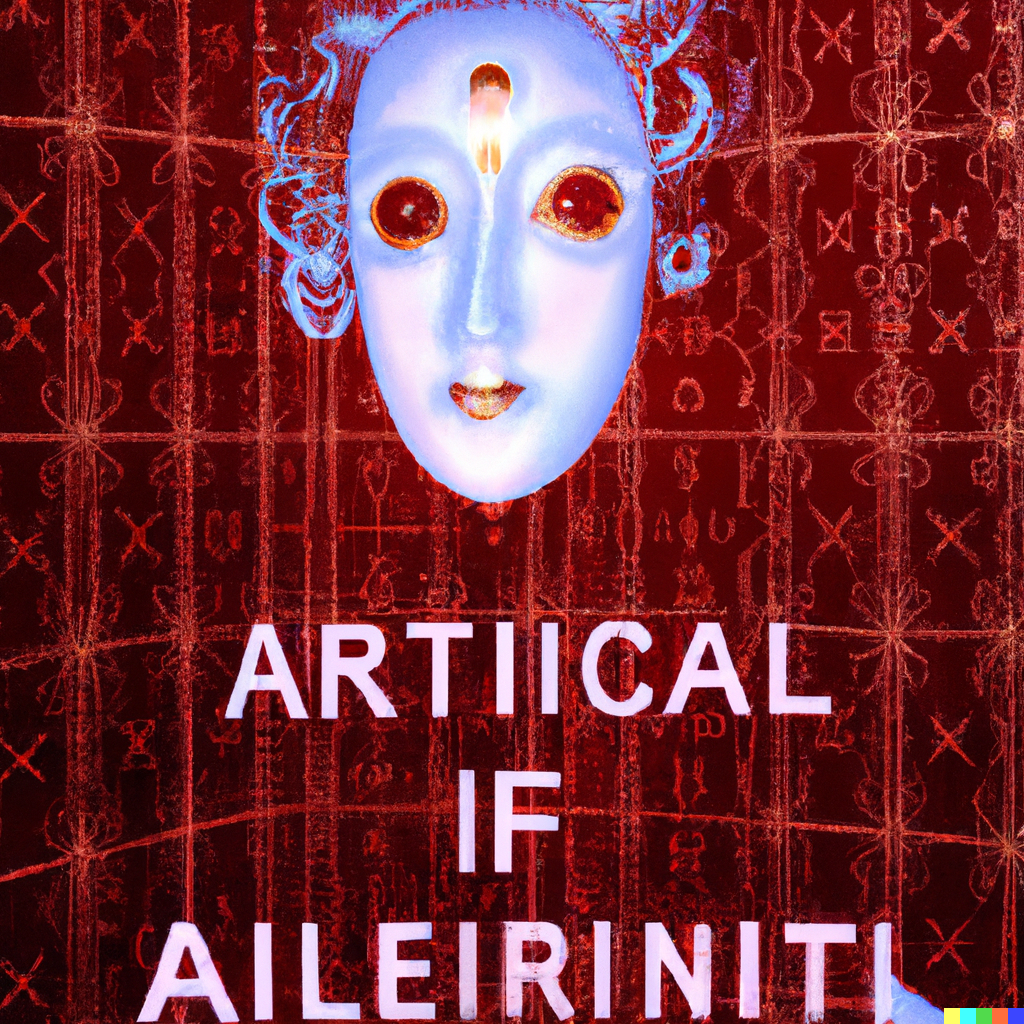
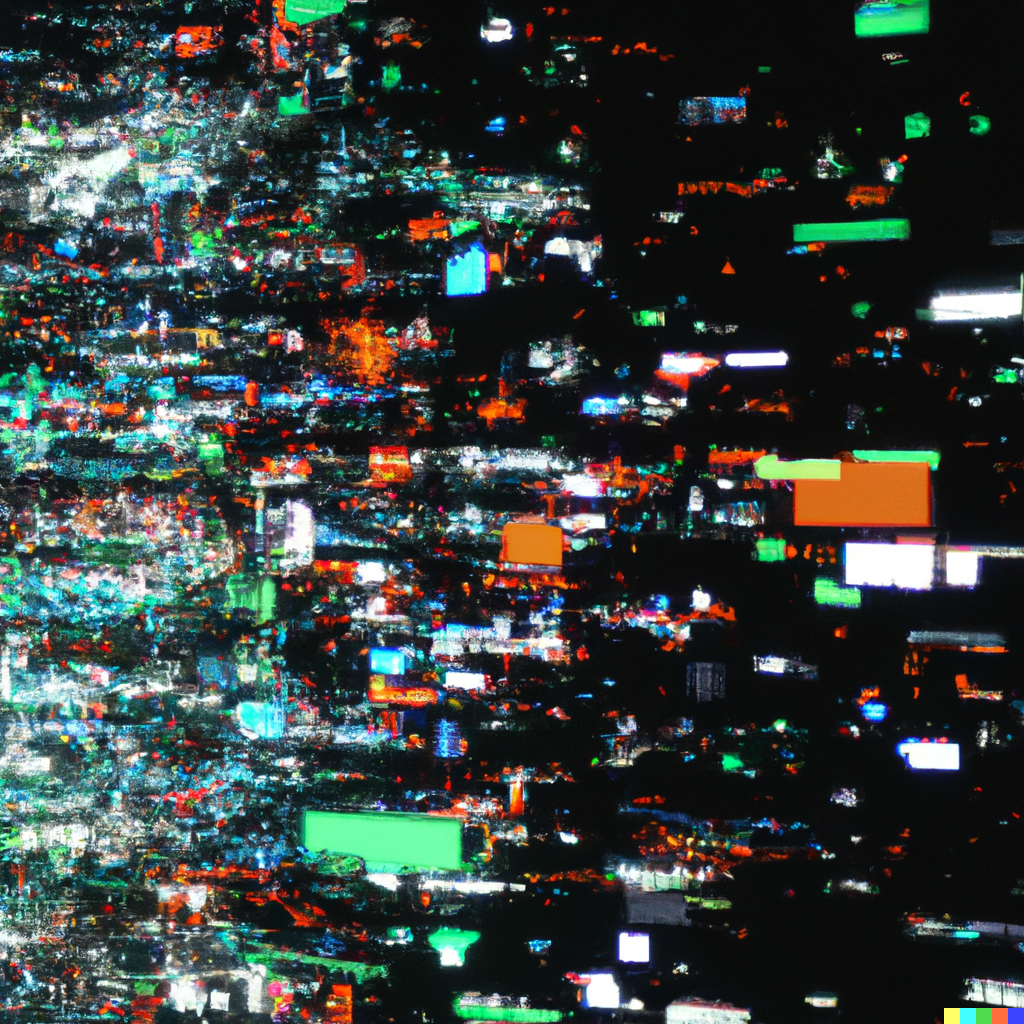

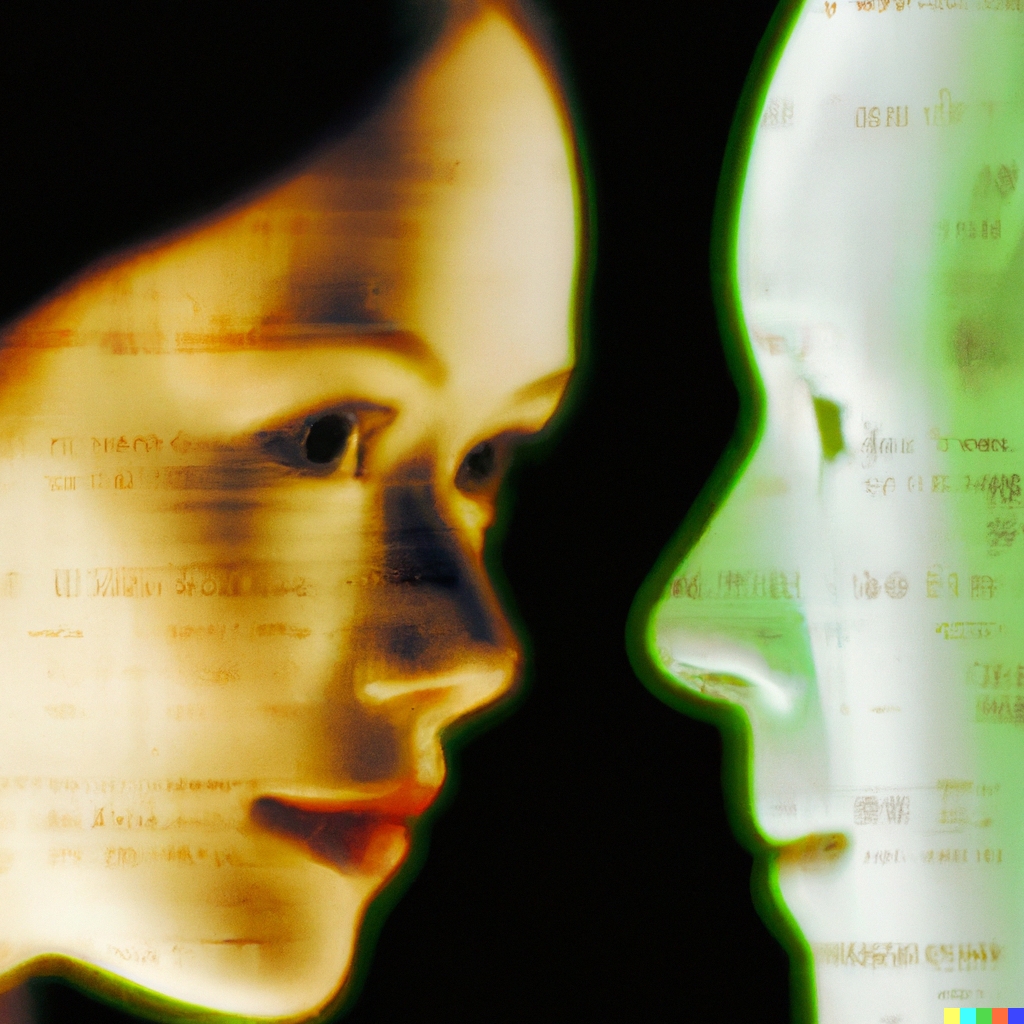

AI's perception of self. Prompts generated from "AI in a mirror" and "AI making art".
This thesis breaks down how AI is much more complicated than its characterization in the mainstream media. It’s not on the brink of consciousness, it’s not a new frontier of untapped automated labor. Rather, AI is extremely reliant on underpaid, overworked, workers. To maintain its illusion of ‘humanness’, AI’s reliance on human labor is hidden from view and the racialized and gendered aspects of the labor are flattened. A perpetuation of the human vs robot trope only serves to inflate interest from investors, provide a scapegoat for AI developers releasing harmful products, and further obfuscates the extortive human labor so essential to AI’s success. Discussions about AI’s potential to be conscious, human, creative, or intelligent can be fruitful, but only when a reconceptualization of human-machine relations are made. Asking such questions can help grapple with AI’s role in creating art. It also informs a discussion about artist and consumer rights when they use AI products. However, every discussion of AI ultimately needs to come back to those most affected—the underpaid and overworked people who create the black box with which AI’s intelligence is perpetuated.